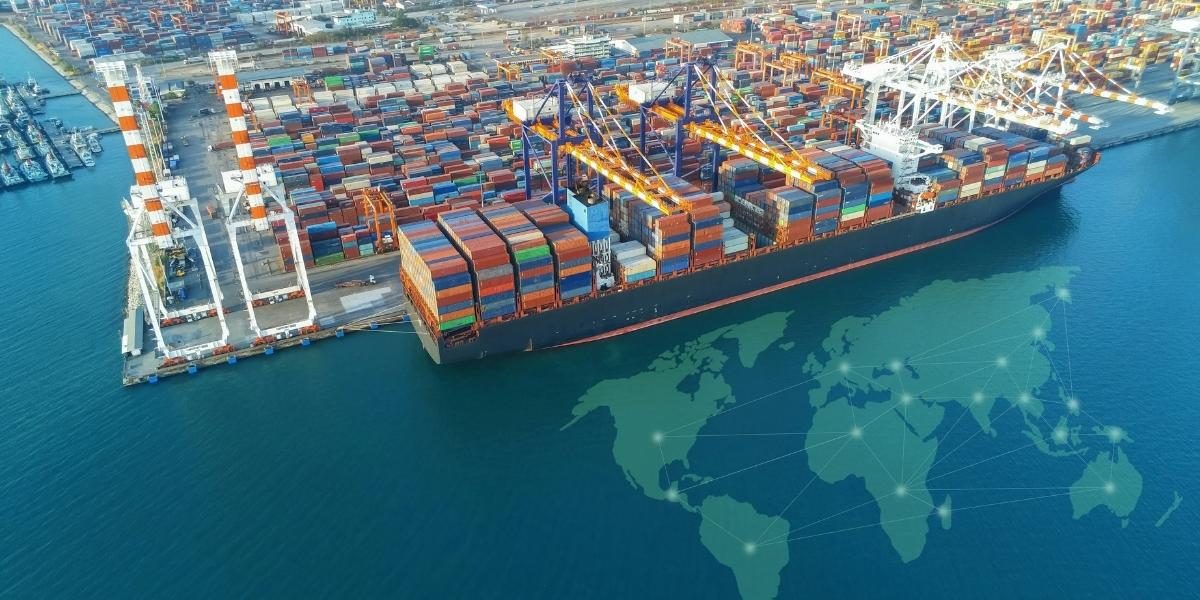Navigating the Interconnected World: Understanding the Dynamics of Global Business
In today’s increasingly interconnected world, businesses must adapt to a landscape that extends far beyond national borders. Operating and competing in international markets comes with its own set of complexities, challenges, and opportunities. This article will explore the multifaceted nature of global business, from its drivers and strategies to the complexities of managing operations and navigating cultural differences.
Read Also: How Tailored Employee Training Enhances Skills and Productivity
What Are the Key Drivers of Globalization?
Global business has been propelled by several factors, with technological advancements at the forefront. The rise of the internet, mobile communication, and digital platforms has made it easier than ever for companies to connect with customers, suppliers, and partners worldwide. Technological innovations have streamlined communication, lowered transaction costs, and facilitated faster decision-making across borders.
Another major driver of globalization is the reduction of trade barriers. Over the past few decades, global trade has flourished due to efforts to dismantle tariffs, quotas, and other restrictions. Agreements like NAFTA and the EU single market have opened up new avenues for cross-border business activities.
Multinational corporations (MNCs) have also played a significant role in driving globalization. With operations spanning multiple countries, these companies have become powerful forces in shaping global markets. Their ability to tap into diverse talent pools, access new consumer bases, and leverage economies of scale has fueled further expansion into international markets.
Lastly, the interconnectedness of economies has made globalization inevitable. As countries rely more heavily on each other for goods, services, and capital, businesses must adapt to the changing dynamics of international commerce.
What Strategies Do Companies Use to Enter International Markets?
Entering foreign markets is a crucial step for businesses looking to expand globally. Companies can choose from several strategies, each with its own set of advantages and challenges. Let’s examine some of the most common approaches:
Exporting: The simplest way to enter a foreign market is through exporting, where companies sell their products directly to customers abroad. While exporting has relatively low risk and cost, it can limit a company’s control over its operations in foreign markets.
Licensing and Franchising: Licensing allows a company to grant foreign firms the right to use its intellectual property, like trademarks or patents, in exchange for fees or royalties. Franchising works similarly but includes the replication of a company’s entire business model, such as fast-food chains. Both approaches offer relatively low investment but might lack control over the brand and operations.
Joint Ventures: In a joint venture, two or more companies from different countries collaborate to form a new entity. This allows businesses to leverage local knowledge, share risks, and access resources in the foreign market. However, it also involves complexities related to partnership management and cultural integration.
Foreign Direct Investment (FDI): This strategy involves establishing a physical presence in a foreign market through the creation of subsidiaries or branches. While FDIs allow companies full control over their operations, they also require significant capital investment and entail higher risk.
Each strategy offers its own balance of risk, control, and investment, and companies must carefully evaluate the best approach based on their goals and resources.
How Are Global Operations Managed?
Managing international operations comes with its own unique set of challenges. Companies need to ensure that their supply chains, production networks, and distribution channels operate smoothly across different countries and cultures.
One of the primary challenges is logistics. Moving goods across borders involves navigating complex customs procedures, transportation issues, and compliance with local regulations. To streamline operations, companies often partner with third-party logistics (3PL) providers to manage these aspects.
Sourcing also plays a key role in global operations. Many companies source raw materials and components from different countries, taking advantage of cost efficiencies and access to specialized resources. However, this requires effective coordination between suppliers, manufacturers, and distributors.
Global value chains (GVCs) have become an essential component of international operations. These chains involve the process of adding value to products as they move through various stages of production and assembly in different countries. Managing GVCs effectively is critical to ensuring cost-efficiency and meeting customer demands.
Why Is Cross-Cultural Management Essential in Global Business?
In global business, understanding and adapting to cultural differences is essential. Cross-cultural management involves navigating diverse communication styles, values, and business practices, all of which can vary greatly from one region to another.
For example, communication styles in Asia often prioritize indirectness and respect for hierarchy, while in North America, directness and individualism are valued. Effective global managers need to understand these differences to avoid miscommunication and ensure smooth operations.
Negotiation tactics also vary across cultures. In some cultures, a formal and slow-paced approach is preferred, while in others, quick and informal discussions are more effective. Businesses that adapt to these differences are more likely to succeed in international markets.
Moreover, building effective intercultural teams is vital for success in a global environment. Companies that foster an inclusive environment and understand cultural nuances can enhance collaboration, creativity, and productivity across borders.
What Are the Challenges in Global Marketing and Branding?
Marketing and branding on a global scale presents unique challenges. One of the primary obstacles is addressing cultural sensitivities and language differences. A marketing message that works in one country may not resonate in another due to varying cultural norms or language barriers.
In addition, consumer preferences differ significantly across regions. What’s popular in one country may be unfamiliar or unappealing in another. For example, a food product that’s successful in Asia may not be well-received in Europe due to differing tastes and dietary habits.
Despite these challenges, the opportunities for global marketing are vast. Companies that can successfully tailor their brand messages, advertising, and product offerings to diverse audiences have the chance to build strong international brands that transcend national borders.
How Do International Finance and Trade Impact Global Business?
Navigating international finance and trade is critical to the success of global businesses. Exchange rates play a significant role in determining the costs of goods and services sold across borders. Fluctuations in exchange rates can affect profitability, especially for companies involved in export and import operations.
Trade agreements and tariffs also shape the global business landscape. For example, a free trade agreement can lower tariffs, making it easier and more affordable for companies to do business in other countries. However, protectionist measures, such as tariffs, can raise costs and limit market access.
Furthermore, global economic trends—such as recessions, booms, or inflation—can have a ripple effect across international markets, requiring businesses to adapt their strategies to remain competitive.
What Ethical and Legal Challenges Do Global Businesses Face?
Global businesses must navigate a range of ethical and legal challenges when operating across borders. Issues such as labor standards, environmental regulations, and intellectual property rights can vary widely from one country to another. Companies need to ensure compliance with local laws while adhering to their own ethical standards.
One significant challenge is combating bribery and corruption in certain regions. Companies must ensure that their international operations follow strict ethical guidelines to avoid legal risks and reputational damage.
Additionally, sustainability has become an increasingly important focus for global businesses. Many companies are prioritizing environmentally friendly practices and corporate social responsibility (CSR) initiatives to address the growing concern over climate change and resource depletion.
What Does the Future Hold for Global Business?
The future of global business is shaped by several key factors. Emerging markets in regions like Africa, Asia, and Latin America are becoming increasingly important as consumer bases expand and economies grow. Companies that successfully tap into these markets will have significant growth opportunities.
At the same time, technological disruptions—such as artificial intelligence, automation, and blockchain—are transforming the way businesses operate and interact globally. These innovations will drive greater efficiency and productivity but may also introduce new challenges related to data privacy and cybersecurity.
Read Also: Lights, Camera, Action: Your Guide to Selecting the Right Vlogging Camera
As geopolitical uncertainty rises, businesses will need to navigate a more volatile international environment. The increasing importance of sustainability and CSR will also drive changes in corporate practices, as companies face pressure to contribute to social and environmental causes.
Global business is an ever-evolving landscape filled with opportunities, challenges, and complexities. As companies navigate the interconnected world, they must adapt to changing markets, cultures, and economic conditions. By understanding the dynamics of globalization, employing effective strategies for market entry, and managing operations across diverse regions, businesses can thrive on the global stage.






